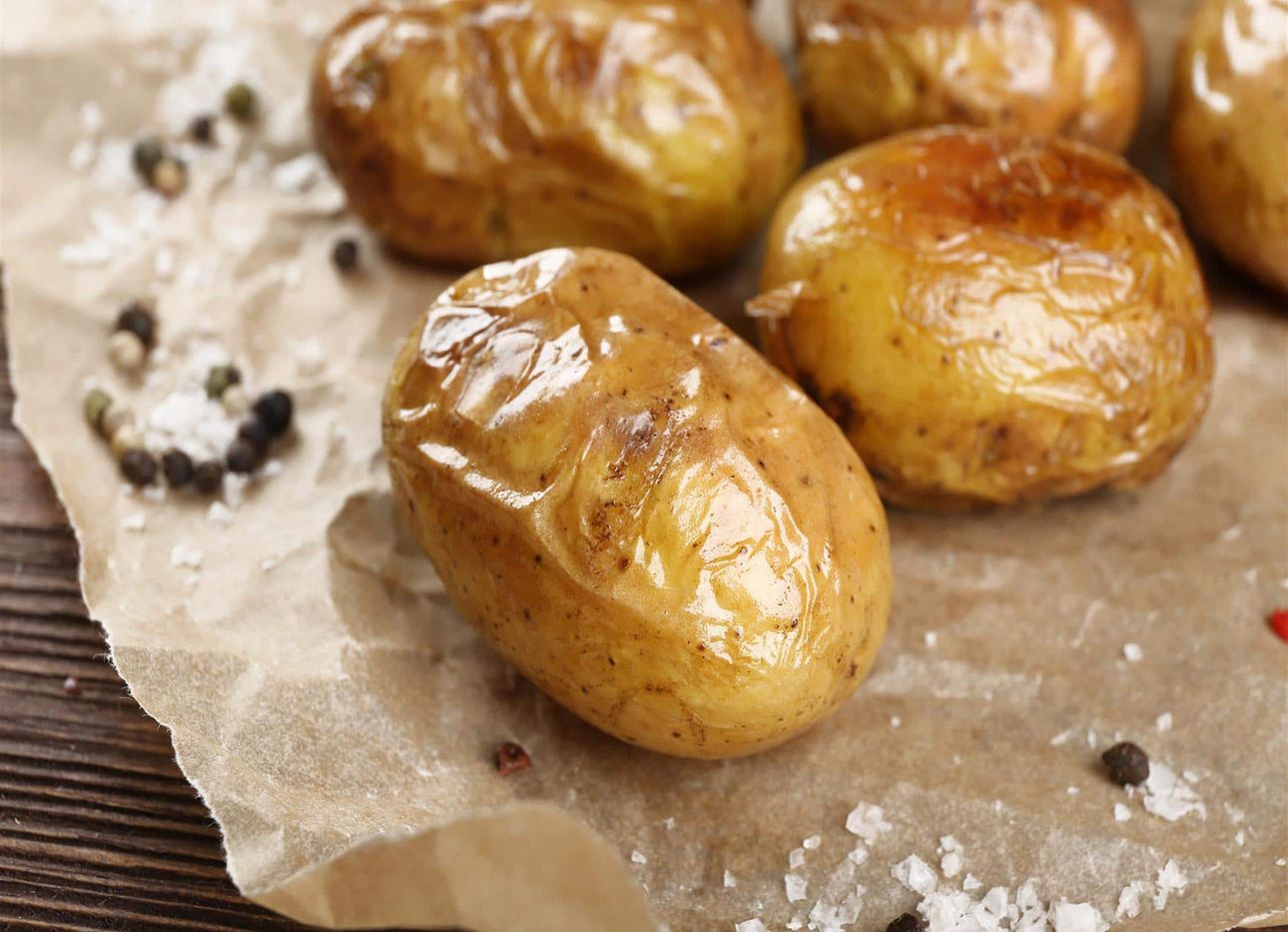
The Overlooked Potential of a Hot Potato
If you’ve found disposable hand-warmers to be tepid at best, consider the baked potato. According to historian Geri Walton, in the Victorian era, street hawkers doled out the humble spud as more than a meal: Large, coarse-skinned French Regent potatoes were baked for an hour and a half, swaddled in emerald green baize (the felt-like fabric of pool tables), then kept in a heated can—some of them very ornate, with polished brass-plated fronts adorned with names like the “Prince of Wales”—to be sold on frigid streets to warm the hands (and the cockles) of passersby. And those hot tubers could be big sellers. In a single chilly day, one vendor in Smithfield, England, was reported to dish out a thousand potatoes; customers would heat their palms with them in their pockets, and later devour them for dinner.
Such resourcefulness is food for thought—especially as we head into the colder months of the pandemic. In a recent article for Bloomberg CityLab, architecture and design critic Alexandra Lange praises the ingenuity of using the root vegetable for a dual purpose. It is “inexpensive, portable, requires minimal setup to cook, and comes in its own wrapper,” she writes. “For the winter ahead, American cities need a lot more ideas like the baked potato: pop-up comforts, at many scales, that can gather a crowd outdoors and ensure people get the sun and socialization they need.”